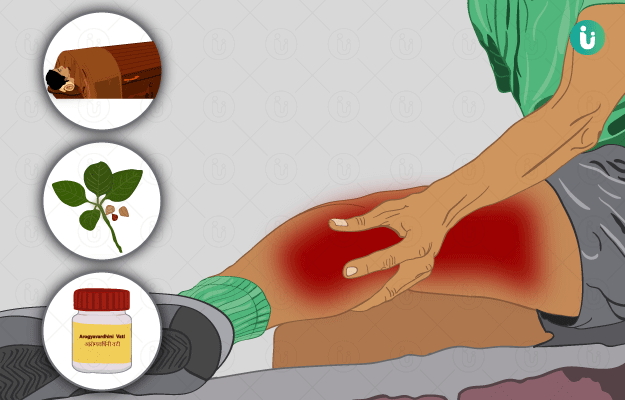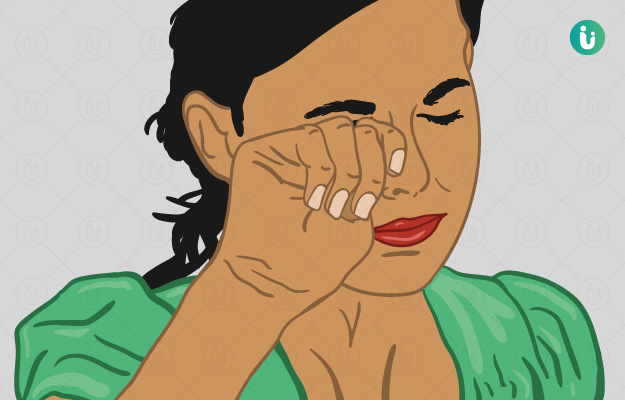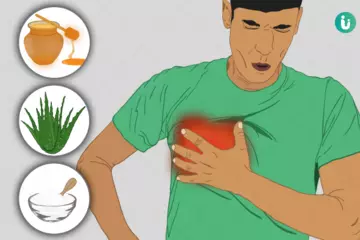Leg pain is characterised by discomfort in any body part between the groin and the ankle. Leg pain is not a disease in itself, but it can be a symptom of other conditions such as blood circulation issues, muscle injuries, bone fracture or nerve problems. There are multiple ways to diagnose the exact cause of a pain in the leg. These diagnostic tests include blood tests and imaging tests such as computed tomography scan (CT scan) and X-rays. The treatment depends upon the underlying cause of leg pain and may include adequate rest, medications, surgery, physiotherapy, wearing a leg cast or walking boot among others. Leg pain caused by temporary conditions like tiredness or cramps can be treated with rest and application of heating pads and ice packs.
Read more: Ayurvedic medicine, treatment and remedies for leg pain

 Doctors for Leg Pain
Doctors for Leg Pain  OTC Medicines for Leg Pain
OTC Medicines for Leg Pain
 Leg Pain articles
Leg Pain articles
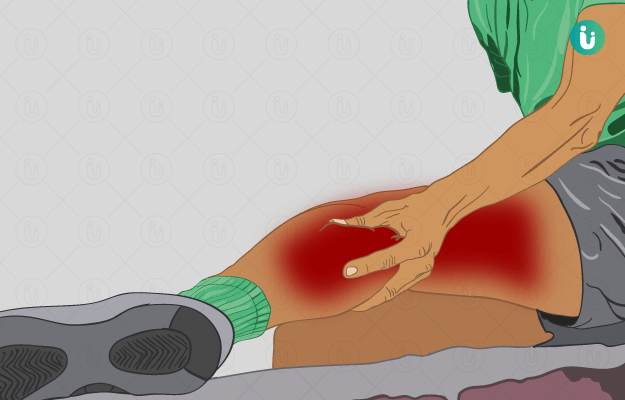
 Ayurvedic Treatment of Leg Pain
Ayurvedic Treatment of Leg Pain
 Home Remedies for Leg Pain
Home Remedies for Leg Pain
 Homeopathic Treatment of Leg Pain
Homeopathic Treatment of Leg Pain



































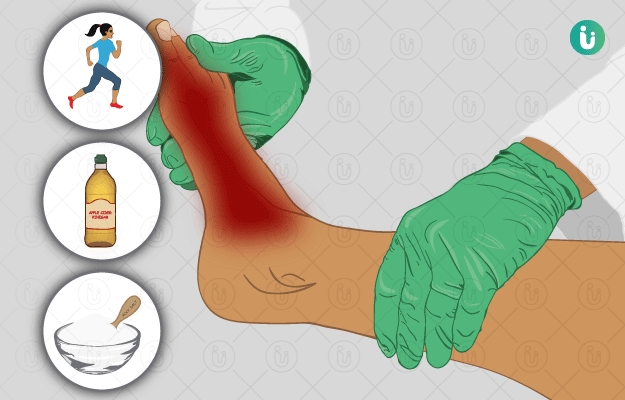
 Dr. Laxmidutta Shukla
Dr. Laxmidutta Shukla

 Editorial Team
Editorial Team
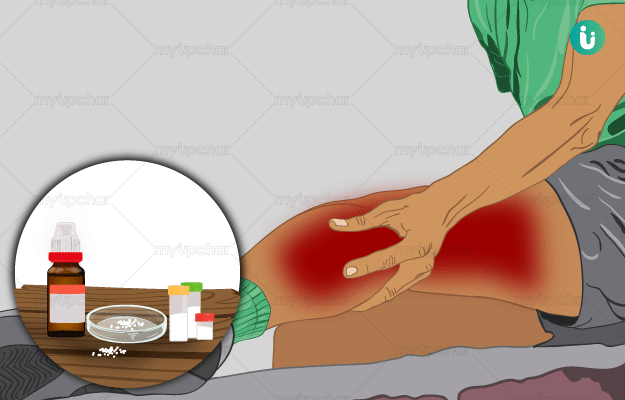
 Dr. Rachita Narsaria
Dr. Rachita Narsaria
